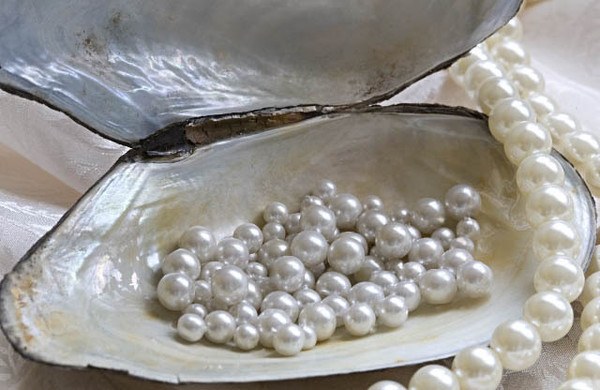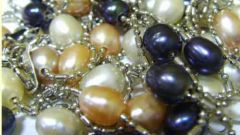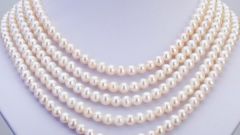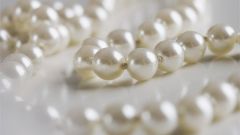Instruction
1
Pay attention to the luster of a pearl. Production technology marine and freshwater pearls are virtually identical. The mantle of the pearl oyster is implanted with a pearl nucleus, around which the mollusk over several years forms a pearl layers. They also turn the implant into a beautiful pearl. However, because of the peculiarities of structure and physiology of different species of mollusks and the pearls they make different. Saltwater pearls better glitters and shimmers, but his river freshwater fellow looks a little less brilliant.
2
Look at the color of the pearls. Uniformity of color is another characteristic of saltwater pearls. Freshwater pearl can boast such a solid color, like the sea, and the diversity of shades is much skodna than the sea pearls. For this reason, freshwater pearls are valued less sea and not so willingly sold by jewelers and collectors. By the way, price is an important indicator of the origin of your pearls. Freshwater pearls are always much cheaper than its marine counterpart. So if you are offered sea gem "at a bargain price" is a reason to doubt its origin.
3
Examine the shape of the pearl. A perfectly round pearl in nature and even in artificial cultivation is very rare. But a comparison between river and sea pearls most likely the marine will have a more smooth and regular than freshwater. It is worth saying a few words in defense of the pearls produced in the river clams. If you wear a string of such pearls, know that she is much stronger and durable of the same strings of pearls of the sea. Despite some pallor of the layer of nacre, eventually pearl river does not wear and retains its original appearance, what can be said about the pearl of the sea, which loses the top of their pearlized coating.
Note
Pearls may not be perfectly round! If you can see beads of pearls, each pearl is similar to that in other almost perfectly – it's probably a fake. Otherwise the cost of such a strand of pearls must be truly astronomical.
Useful advice
Most sophisticated testers can approach the study of gems and radically to cut one in half. In the cultivation of saltwater pearls use-by which the mollusk builds layers of nacre. But if you saw the pearl river, you'll see in the center a small grain of sand. Freshwater pearls are grown in non-nuclear technology.



